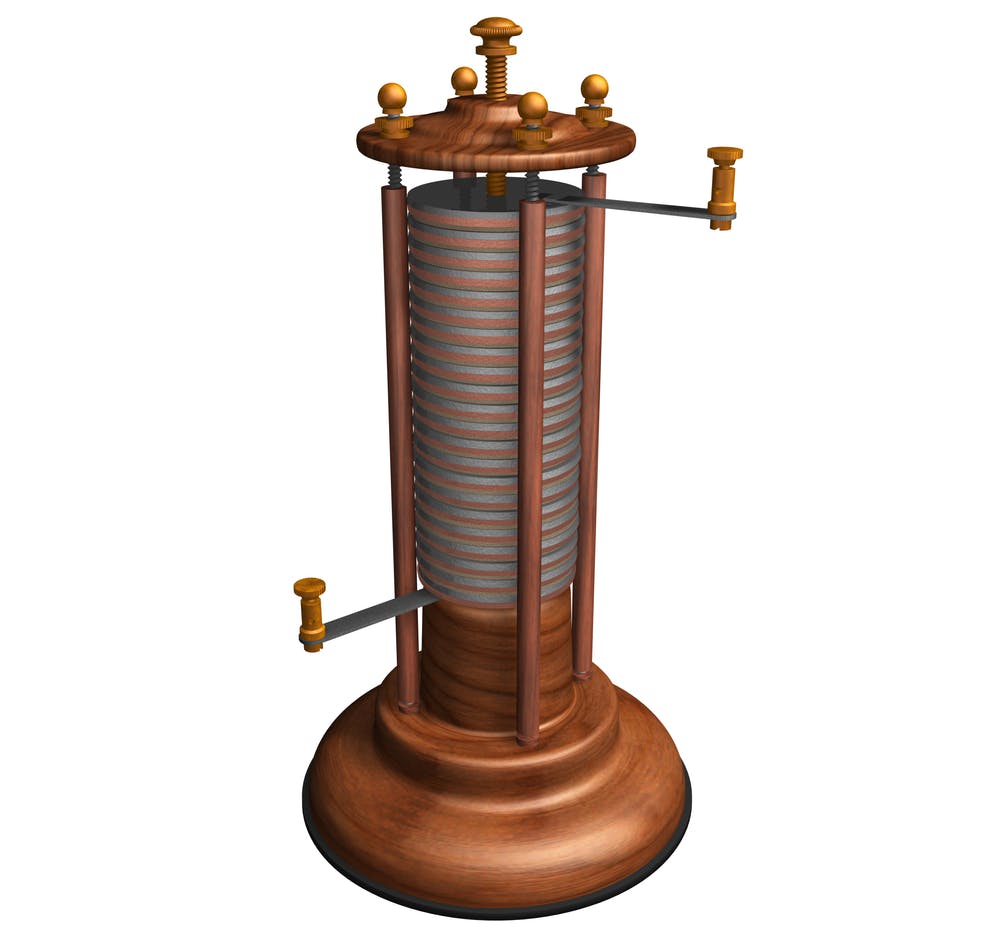13th November 2025
5 facts about Light Bulbs you probably didn't know
Light bulbs are responsible for most of the man-made light around the world, so we shone our own light on these often-overlooked electrical essentials and found 5 interesting facts about the humble light bulb.
IronmongeryDirect
13th November 2025
5 mins
1. The world’s longest lasting light bulb has been used for over a century
The aptly named Centennial Light at the Livermore/Pleasanton Fire Department in California is the world longest lasting incandescent bulb. The bulb has been in use since 1901, meaning that as of 2021, the bulb has surpassed its initial title and has been burning for 120 years! The bulb is almost never switched off, and does not possess its original functionality, burning at just 4 watts, as opposed to the 30 watts upon its original installation.
2. The process of inventing the lightbulb did not start with Edison
Many solely credit Thomas Edison as the inventor of the light bulb, but as many as 22 inventors came before him that created a chain of research, experiments and prototypes that led Edison to the patent of his invention in 1879.
It all started with Italian inventor Alessandro Volta, with his invention, the voltaic pile, becoming the first method of generating electricity. From there, Humphrey Davy combined Volta’s earlier invention with charcoal electrodes to create the world’s first electric lamp. With further improvements made by multiple scientists, including Warren de la Rue and William Staite, the closest to Edison’s final invention came from Joseph Swan in 1860, but Edison stepped in and corrected an issue with the filament in Swan’s design, and that is how the light bulb we know today was born.

3. Incandescent lightbulbs can affect concentration
A study conducted in UK schools in 2009 by Mark Winterbottom and Arnold Wilkins of the University of Cambridge and University of Essex respectively¹, concluded that: “80% of classrooms are lit with 100 Hz fluorescent lighting that can cause headaches and impair visual performance”.
Even though the flickering often goes unnoticed by the human eye, it does appear to have a significant impact on our ability to focus.
4. The human brain runs on a fifth of the wattage of a standard lightbulb
In an article published by Scientific American², using the Resting Metabolic Rate (RMR) of the standard human body, it was calculated that the average human brain runs on 12.6 watts. This works out to around a fifth of the power used to run a standard 60-watt light bulb.

5. There are more lightbulbs in the UK than you might think
There are an estimate 600 million light bulbs currently in operation in the UK, that works out to be an average of 25 light bulbs per household. This also means that for every person in the UK population, there are just under 9 light bulbs.
From their initial invention to the wattage of your own brain, we hope these facts gave you a few light bulb moments. If you’re looking to install a new lighting system or looking for an upgrade, you can browse our range of lighting fixtures here.
References:
https://www.sciencedirect.com/science/article/abs/pii/S0272494408001011?via%3Dihub
https://www.scientificamerican.com/article/thinking-hard-calories/
